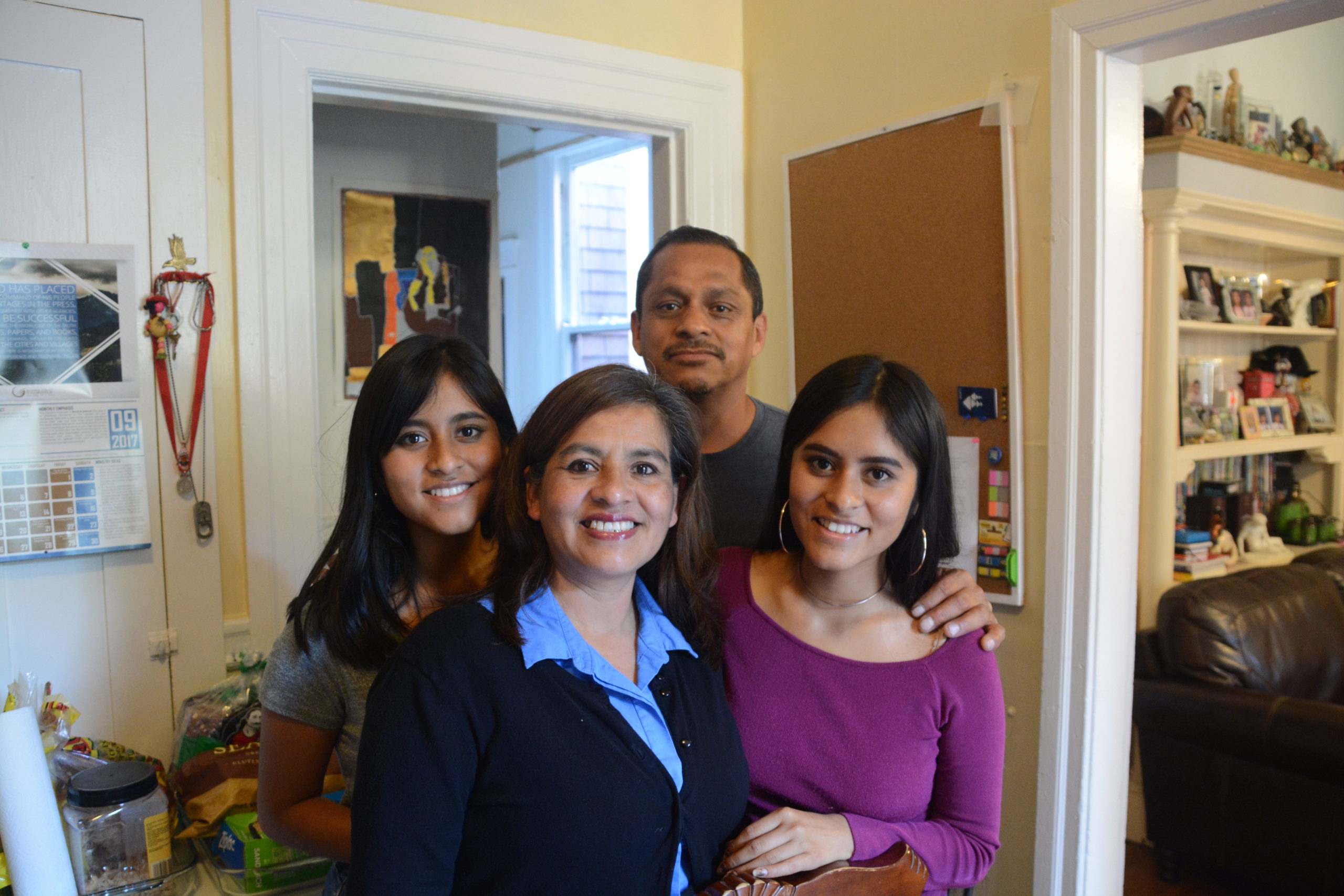In December 2016, less than a week before Christmas, the Martinez family received a letter from their landlord that instructed them to move out as soon as possible because she planned to sell the building. The owner had bought the three-unit building in 1992 for $290,000; 24 years later, she stood to sell it for more than five times that amount.
Thirteen years earlier, in 2003, when Sergio Martinez and Anna Lopez signed the lease on their three-bedroom apartment on the border between San Francisco’s Bernal Heights and Mission District neighborhoods, their rent was $1,200 a month. This was a substantial sum for Sergio and Anna, a carpet installer and homemaker respectively, but their 103-year old apartment was rent-controlled, and so they were able to raise their three children without worrying about astronomical rent hikes. Still, as the Bay Area’s housing market heated up, the neighborhood began to change. Whereas their neighbors were once predominantly Latino or South Asian, now most are white. And in 2017, Zillow estimates that their apartment can rent for $4,500: close to three times what they’re currently paying.
Sergio and Anna’s children are their pride and joy. Alyza and Ariana, 17-year old fraternal twins, are juniors at prestigious San Francisco University High School. Alyza plays the flute and saxophone and volunteers as a live translator for a nonprofit called Breakthrough SF. Ariana speaks French and Mandarin and graduated from a summer program at Stanford University, where she studied cardiothoracic surgery. Their older brother, Sergio Jr., studies pre-law at Princeton University and calls home nearly every day.
Now facing eviction, the Martinez family was devastated. Their limited income would mean having to move to a far corner of the Bay Area and commute several hours a day. The children would have to switch high schools, and they would lose access to their after-school programs, music lessons, and volunteer activities—not to mention the home in which they grew up.
The twins frantically searched online for subsidized apartments and applied to seven of them through DAHLIA, San Francisco’s Housing Portal, all to no avail. Then, a neighbor told them about the Mission Economic Development Agency (MEDA), a nonprofit organization which helps low- and moderate-income Latino families stay in their homes. MEDA was moved by the Martinez family’s story and agreed to help them, despite the short time frame and the regulatory complications associated with the purchase of a small, multi-unit building.
Following intense negotiations, MEDA managed to purchase the building in June of 2017 for $1.46 million, $130,000 less than the original asking price. After seven months of living in anxious limbo, the Martinez family could finally relax, certain that they would remain in their home with the same rent, and that they could continue to live as proud and valued residents of the city they have all grown to love.
When Sergio was growing up in Michoacán, Mexico, he remembers looking at glossy magazine photos of the Golden Gate Bridge and thinking that someday he would visit that beautiful place. Little did he know that he would not only get to visit but stay and raise a family in San Francisco. The Martinez family loves the city’s parks and museums, the public transportation system, and its support for immigrants like themselves. Says Anna, “This city has something magical that enchants you.”
Sergio likes to imagine that MEDA’s impact will continue to grow in the coming decades, as the organization keeps families like his safe in their homes in the Bay Area and beyond. When asked if they have any advice for other families, Alyza declared, “Don’t be afraid to reach out to organizations, regardless of where you are, your citizenship status, or your financial status. There is always help out there.”


